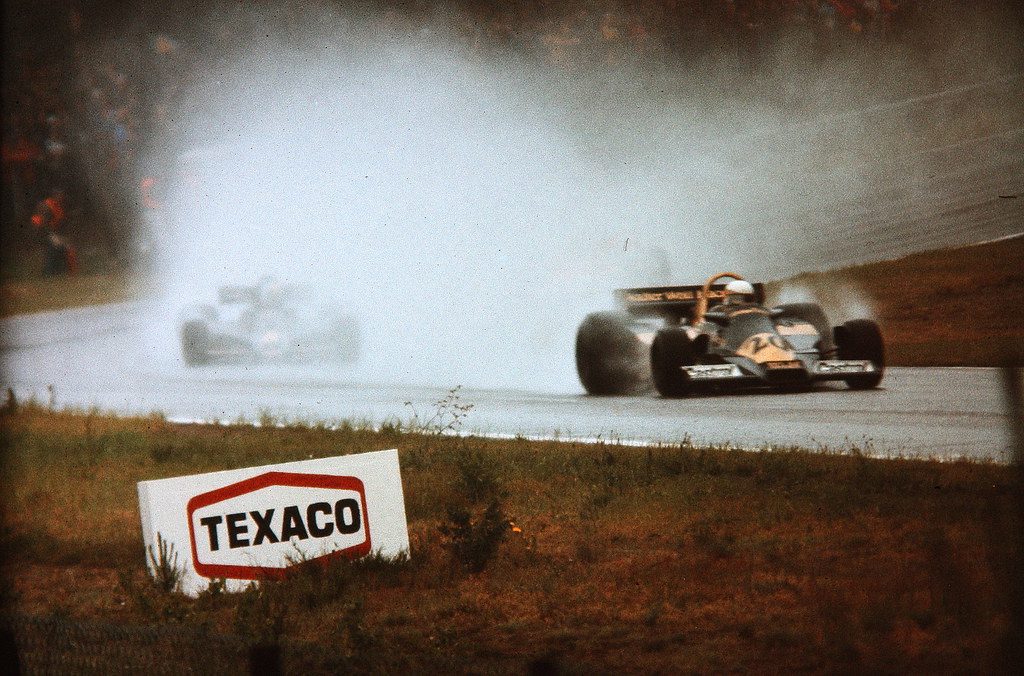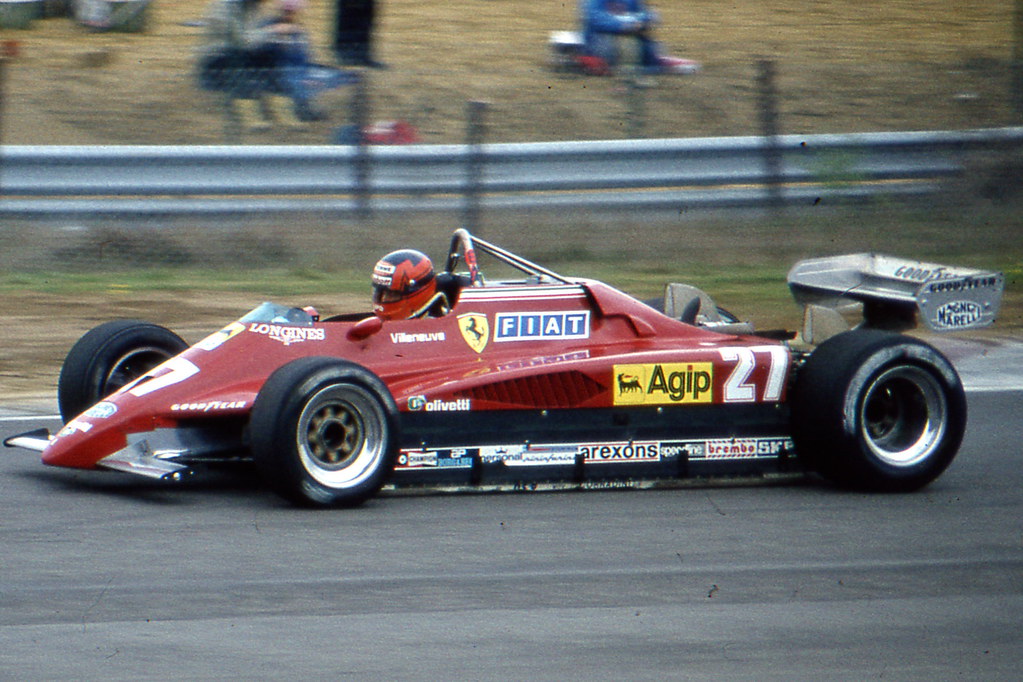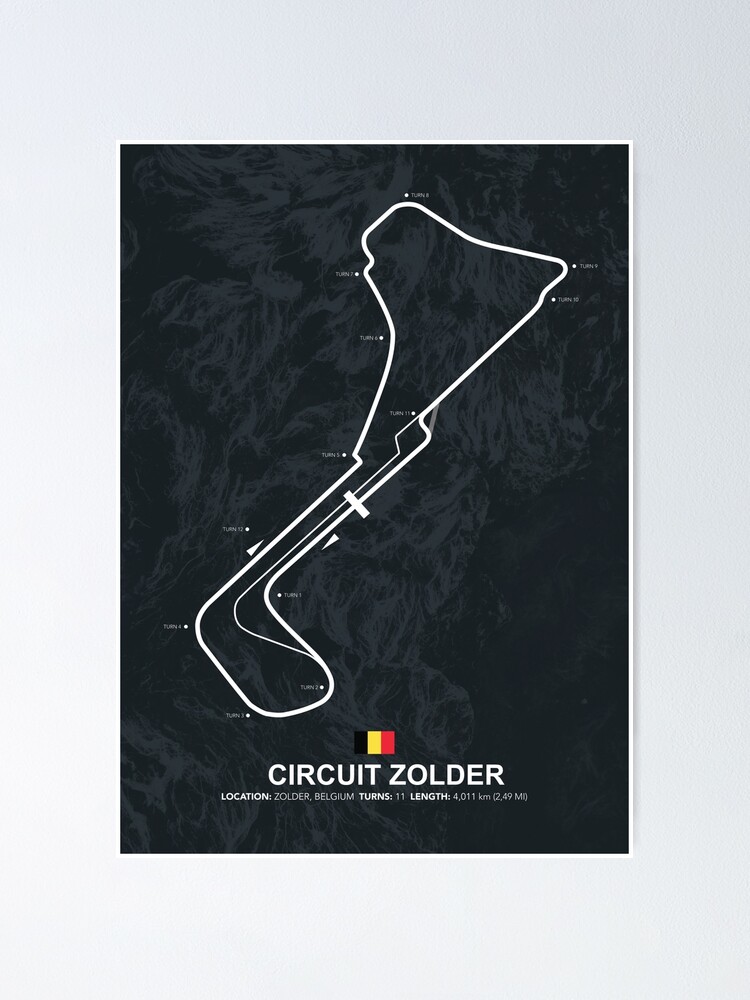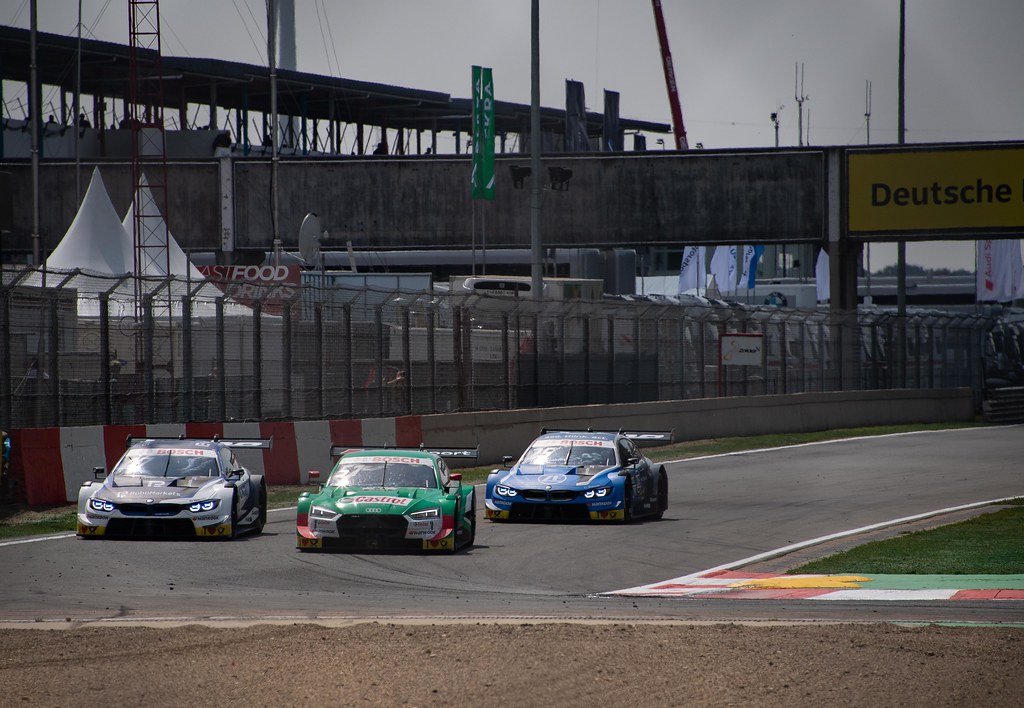Nestled among the pine forests of northeast Belgium lies a racetrack with a rich history and a memorable tragedy – the Zolder Circuit. Originally known as Circuit Terlaemen, when it opened in 1961, Zolder has hosted top level racing for over 60 years, including 10 Formula One Belgian Grand Prix races between 1973 and 1984.
The origin of Zolder Circuit
Zolder is a small town in northern-east Belgium, between Brussels and Genk. Racing around the town square had been a tradition in the city since the 1950s, organized by the local motor club. By 1960 they sought a permanent and safer venue for their events and settled on a wooded area near the canal owned by Antonine Palmers de Terlaemen. He agreed to allow racing on one condition – that the track bears his name. And so Circuit Terlaemen was born in 1961 with only a 2.6km layout.
This primitive course whet the appetite of the Zolder club members. In 1962 they brought in renowned circuit designer John Hugenholtz Sr., fresh from projects at such remarkable tracks as Zandvoort and Suzuka, to layout a full-scale racing circuit. Construction finished in mid-1963 and the track was officially opened that June. The Grand Prix of Limburg had the honor of being the first race at Zolder, won by Dutchman Rob Slotemaker, however this was not part of the F1 calendar. The new layout resembles the racetrack at Monza, with long straight cut by a chicane, and three consecutive high speed turns.
Throughout the 1960s, Zolder established itself nationally by hosting races across motorsports. Formula Two was a highlight, with victories by Denny Hulme, Jack Brabham, John Surtees, and Jochen Rindt. In 1970, Peter Gethin won the International North Sea Trophy for Formula 5000 cars in a McLaren, beating F1 champions Mike Hailwood and Gordon Spice. This foreshadowed Zolder’s next step onto the world stage.
Formula One Arrives at Zolder
In the early 1970s, Spa-Francorchamps was having difficulties hosting Formula One due to safety concerns and drivers threatened a boycott. To keep the Belgian Grand Prix, a deal was made for Zolder and the Nivelles circuits to alternate hosting duties. While Nivelles held the first race in 1972, Zolder used this time to upgrade in preparation for 1973.

A new chicane was added at the fast Sacrament Hill crest to reduce speeds. But just a week before its debut F1 race, the track surface began deteriorating and needed complete resurfacing. Quick steps taken to prevent further issues helped temporarily, but even the new surface showed signs of damage during practice, and some drivers threatened to boycott over safety worries. After negotiations with the drivers, the race went ahead and Jackie Stewart took victory for Tyrell F1 Team.
Following a 1974 return to Nivelles, Zolder cemented itself as the home of the Belgian Grand Prix for the next decade. Early domination by Niki Lauda’s Ferrari gave way to wins for Mario Andretti (Lotus) and Jody Scheckter (Ferrari). The circuit layout also evolved, with tighter chicanes inserted to reduce speed.
This era was marred by two tragic accidents involving mechanics. One of them occurred in 1981 to Osella mechanic Giovanni Amadeo died after being hit by Carlos Reutemann’s Williams in the cramped pits. New garages were added for 1982, but this essential safety improvement was overshadowed by the death of Canadian racing icon Gilles Villeneuve in qualifying.
The Death of Gilles Villeneuve

On May 8, 1982, Gilles Villeneuve was attempting to beat his teammate, Didier Pironi’s time and caught up to Jochen Mass’ March at the Terlamenbocht corner. Misjudging the closing speed, he collided into the back of Mass’ car, launching his Ferrari into the air at over 200 km/h. Villeneuve was thrown from his seat during the off-track excursions and struck the catch fencing, sustaining fatal injuries. The accident wasn’t caused by any faults with the circuit, but nevertheless cast a pall over Zolder.
Final Year of Formula One
The race went ahead the next day, with John Watson mounting an incredible charge from 12th to win in his McLaren. But F1 moved back to Spa-Francorchamps in 1983. Zolder held one last Belgian Grand Prix in 1984 won by Michele Alboreto for Ferrari before leaving the world stage.
Zolder After Formula One
Even without Formula One, Zolder remained relevant in top tier racing thanks to the popular DTM German touring car series. The first ever DTM race was held at Zolder in 1984, and it became the traditional opening round for many years. Circuit updates continued as well, with tighter corners and a permanent tribute to Villeneuve added in 1986.

More substantial renovations came in 2001 when nearly a kilometer of track was reprofiled, creating an entirely new first turn complex. Further minor mods in 2006 trimmed the lap length to 4.011 km, which remains unchanged today. Although major international racing has eluded Zolder since Champ Car’s one-off visit in 2007, it continues to host national events and minor European series. The annual 24 Hours of Zolder for touring cars and GTs is a highlight of the Belcar Endurance Championship.

While Zolder lacks the global recognition of Spa-Francorchamps, its compact layout has still witnessed great racing moments. And though marred by tragedy, the circuit has emerged safer and continues to honour Gilles Villeneuve’s memory. For any racing fan visiting Belgium, Zolder provides an intimate and historic contrast to its big brother, just over an hour away.
Will Formula 1 ever come back to Zolder?
It is unlikely for Formula 1 to come back to this racetrack. There is a place for only one Belgian Grand Prix, and Spa-Francorchamps has recently been renovated for safety, yet the extension of the contract is threatened. The growth of popularity of races in the United States and Middle East leads to significant decrease in the European part of the calendar. What is more, the circuit is quite narrow, and modern F1 cars would struggle to drive wheel to wheel, making overtaking highly difficult. As a result, viewers could get served the lack of emotions from Monaco, combined with lack of prestige and racing atmosphere.

